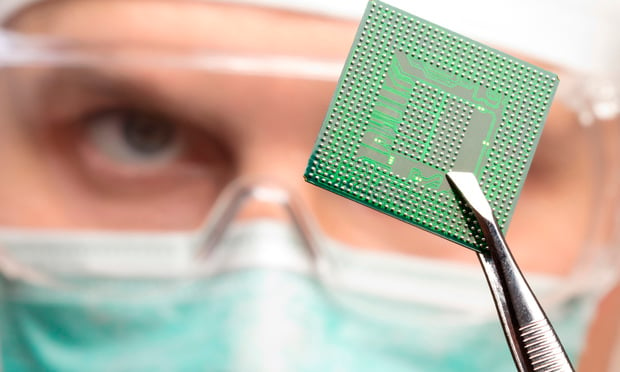The United States is the undisputed leader of the semiconductor world. It’s a $340 billion industry that spent $35 billion on research and development in 2014, and has spent at least 15 percent of the industry’s revenue on R&D in each of the last 15 years. Seventeen of the top 25 global semiconductor design companies—and nine of the top 10—are based in the United States, according to the Committee on Comparative National Innovation Policies. There are roughly 250,000 domestic semiconductor jobs, with another 1 million supporting jobs. As the Semiconductor Industry Association says, “It All Starts Here.”
It is understandable, then, that the U.S. Court of Appeals for the Federal Circuit—the federal appellate court responsible for all patent law appeals—made the entire industry gasp with its Carnegie Mellon University v. Marvell decision in August. In its ruling, the court suggested that a chip merely designed in the United States may infringe a U.S. patent, even if the contract is inked overseas and the chip is made, delivered and used in another country, never once touching American soil. If this suggestion becomes law, the impact would be seismic.
This content has been archived. It is available through our partners, LexisNexis® and Bloomberg Law.
To view this content, please continue to their sites.
Not a Lexis Subscriber?
Subscribe Now
Not a Bloomberg Law Subscriber?
Subscribe Now
LexisNexis® and Bloomberg Law are third party online distributors of the broad collection of current and archived versions of ALM's legal news publications. LexisNexis® and Bloomberg Law customers are able to access and use ALM's content, including content from the National Law Journal, The American Lawyer, Legaltech News, The New York Law Journal, and Corporate Counsel, as well as other sources of legal information.
For questions call 1-877-256-2472 or contact us at [email protected]






